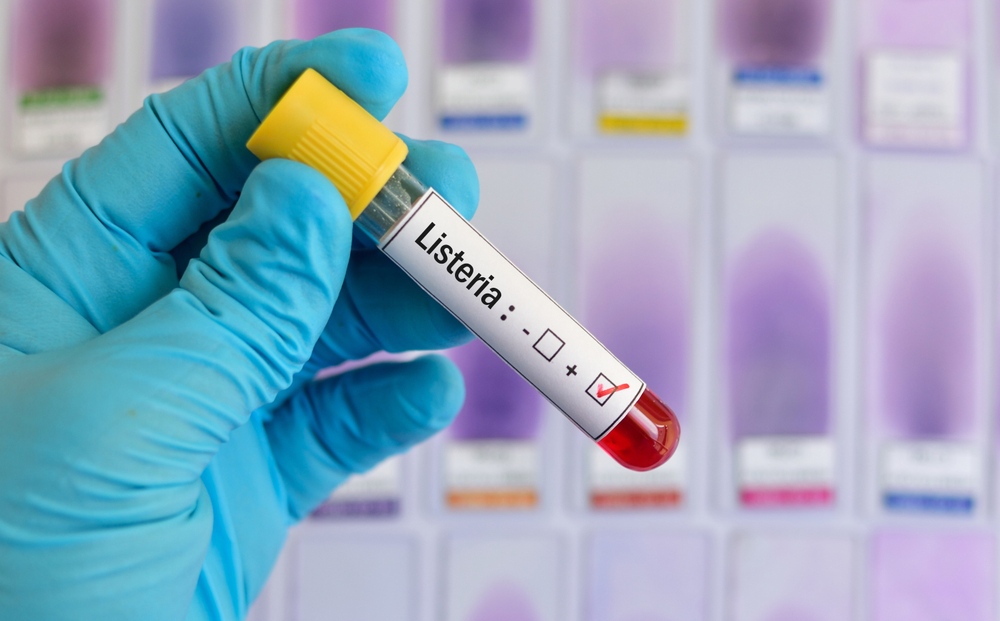
In an article published in Eurosurveillance, the European Centre for Disease Prevention and Control (ECDC) determined that while listeria outbreaks are clustering with many cases going undetected, implementing a whole genome sequencing method could speed up the detection process.
In a study across the European Union (EU), investigators analyzed 2,726 listeria isolates between 2010 and 2015. Less than 50 percent of the cases were isolated — the rest clustered together, and a third of those ended up affecting more than one country. Given that only two listeriosis outbreaks were officially reported in the EU in 2016 and five in 2015, the implications weigh heavy on how many cases are accurately present in the EU.
Listeriosis is a foodborne disease that has been increasingly prevalent in the region since 2008. In 2016, it led to 247 deaths.
“This study is a milestone on the way to tackling listeriosis in Europe,” Mike Catchpole, ECDC’s chief scientist, said. “With this new collaborative effort with the Member States, we have revealed the related nature of many cases of severe listeriosis. We are now strengthening routine surveillance by introducing the collection and analysis of whole genome sequencing data from all reported human listeriosis cases.”
Whole genome sequencing was determined by the authors as capable of speeding cluster detection by as much as five months, limiting the spread of the condition from the same food source.




